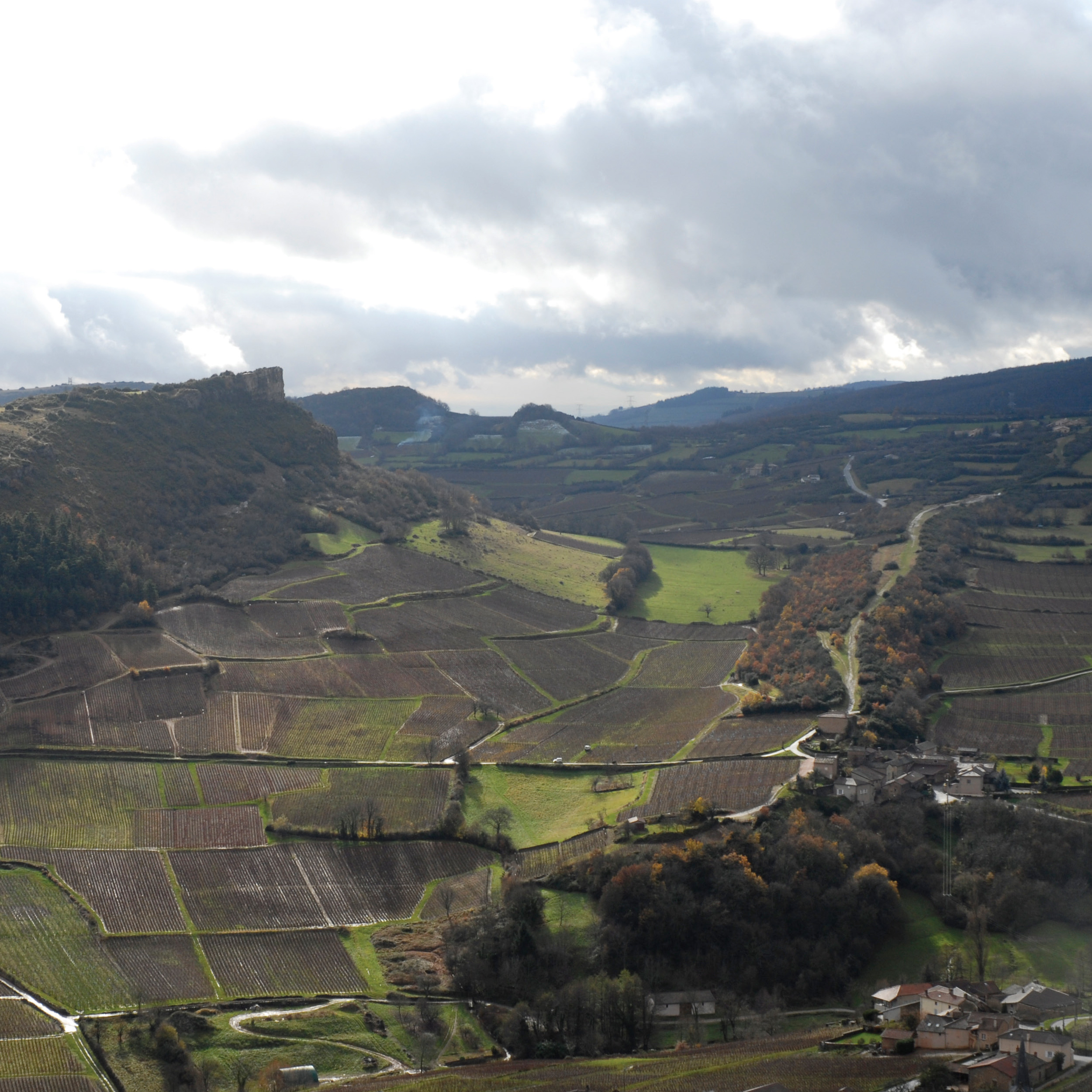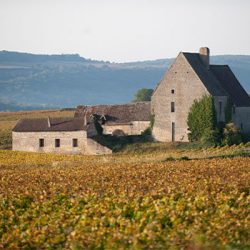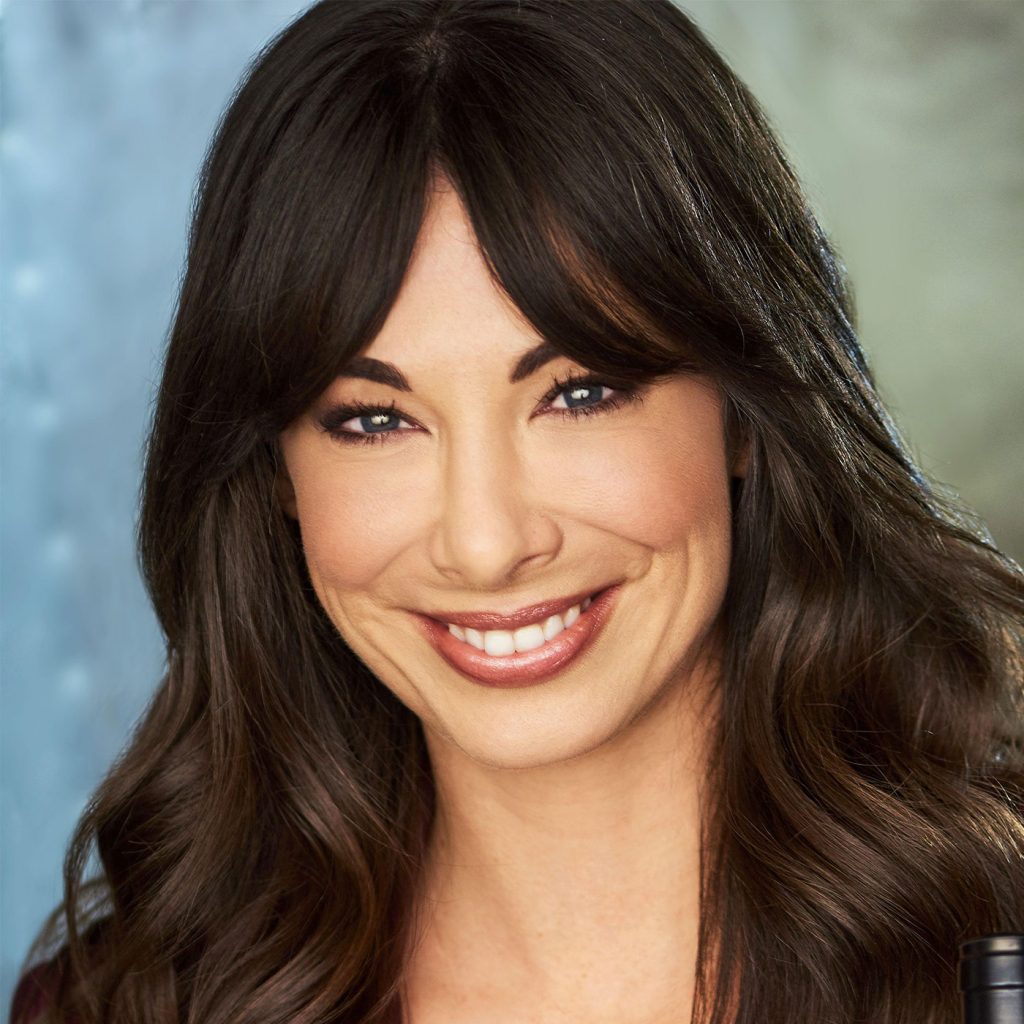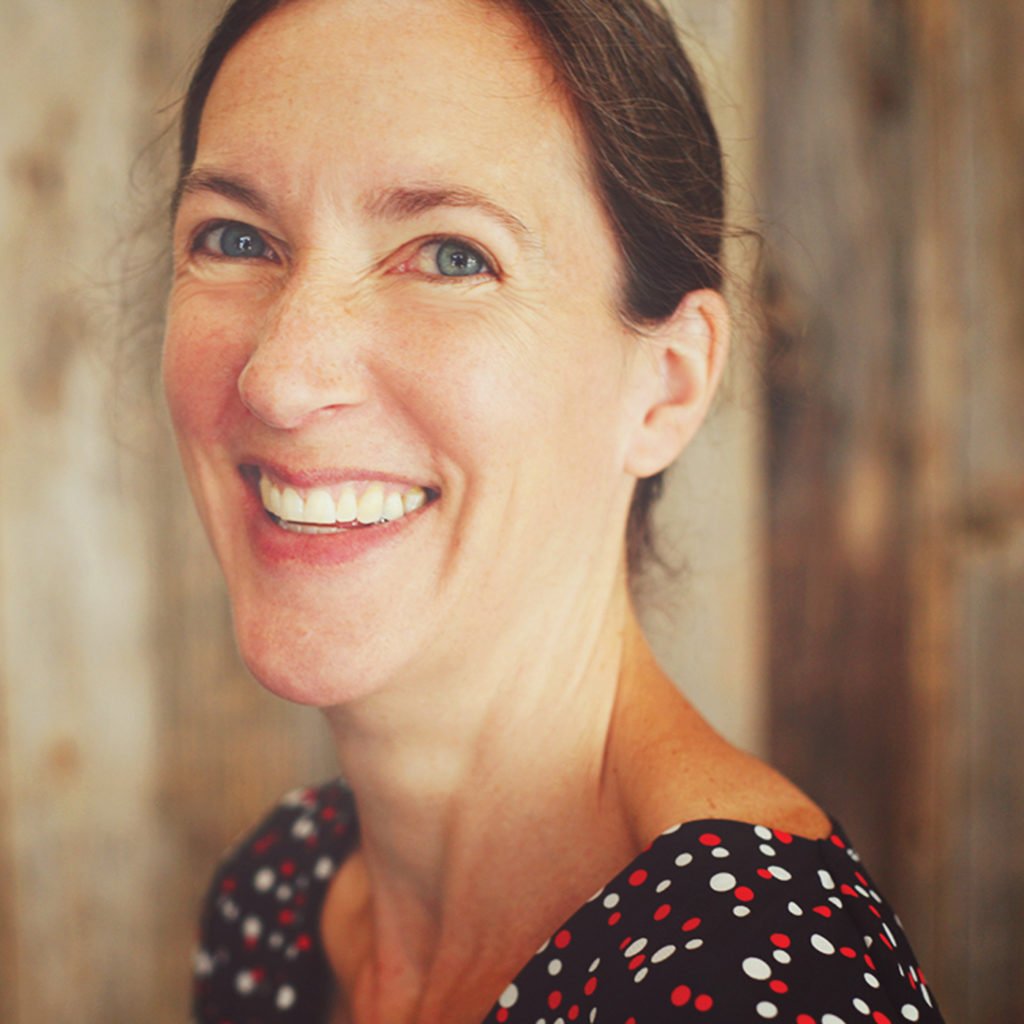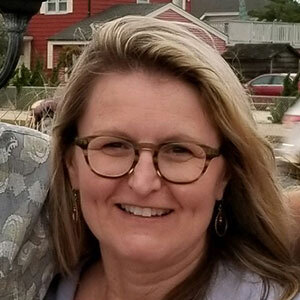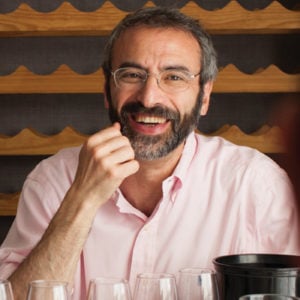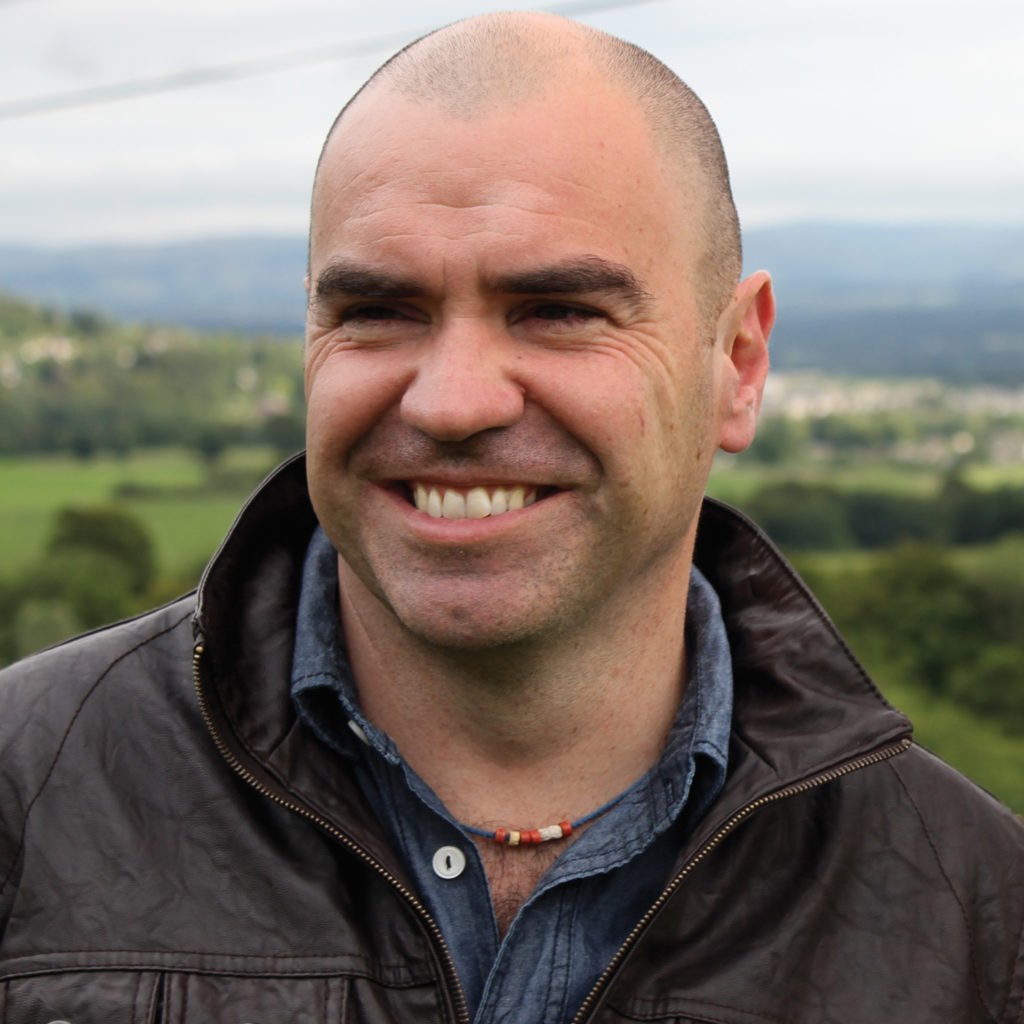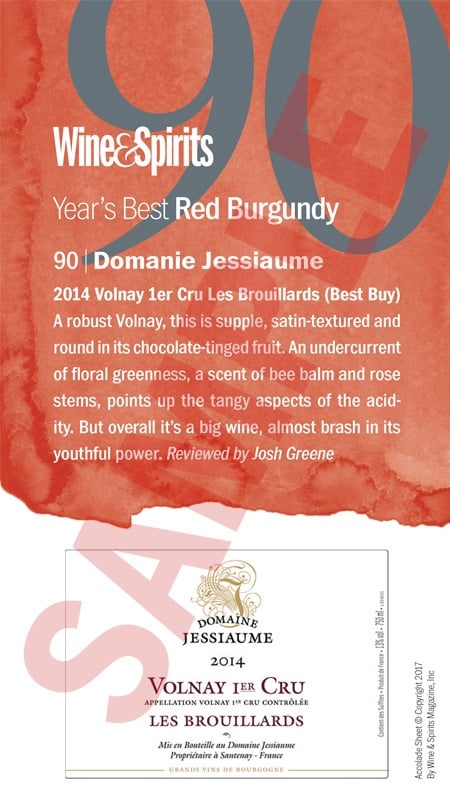Once featured in the front windows of top wine shops, Pouilly-Fuissé may soon be back: By 2014, the Institut National de l’Origine et de la Qualité (INAO) is expected to elevate up to 14 of the region’s vineyards to premier crus.
“It is from the Mâcon…
To read this article and more,
subscribe now.
To continue reading without interruption, subscribe and get unlimited digital access to our web content and wine search.
This story appears in the print issue
of April 2013.
Like what you read? Subscribe
today.

